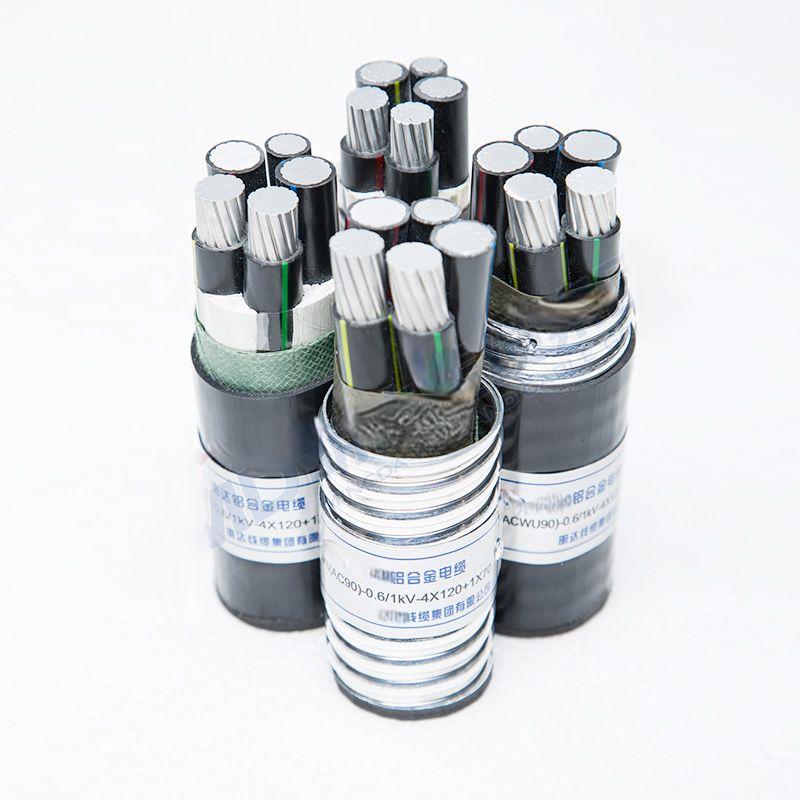Dec . 18, 2024 16:21 Back to list
Wafer Type Butterfly Valve Flange Specifications and Applications Explained
Understanding Wafer Type Butterfly Valve Flanges An Essential Component in Fluid Control
In the world of fluid control systems, valves play a pivotal role in managing the flow of liquids and gases. Among the various types of valves, the wafer-type butterfly valve has emerged as a popular choice due to its unique design, efficiency, and ease of installation. This article explores the fundamentals of wafer-type butterfly valves, focusing on their flanges and their significance in various applications.
What is a Wafer-Type Butterfly Valve?
A wafer-type butterfly valve is a quarter-turn valve that uses a rotating disc to regulate flow. The disc is typically mounted on a shaft and positioned at the center of the valve body. Upon turning the handle or actuator, the disc rotates, either allowing or obstructing the flow of the medium passing through the pipeline. The wafer design indicates that the valve is sandwiched between two flanges of the piping system, making it a compact and lightweight option suitable for various applications.
The Role of Flanges in Wafer-Type Butterfly Valves
Flanges are vital components that connect the valve to the piping system. They provide a stable and secure attachment, ensuring leak-free operation under varying pressure conditions. The design of the flanges in wafer-type butterfly valves is typically flat, allowing the valve to be easily fitted between standard pipeline flanges. This design flexibility enables easier installation and replacement, reducing both downtime and labor costs during maintenance.
Types of Flanges and Material Considerations
Flanges for wafer-type butterfly valves come in various designs and materials, depending on the application requirements. The most common flange types include
1. Standard Flanges These flanges conform to recognized standards such as ANSI or DIN. They provide a consistent interface for easy integration into existing piping systems.
2. Lugged Flanges In applications where the valve needs to be independently installed or removed without disturbing the pipeline, lugged flanges offer additional support. Their design includes threaded holes on the flange, allowing for easy attachment to surrounding components.
3. Screwed Flanges These flanges can be attached using threaded connections, making them ideal for low-pressure applications or temporary setups.
Material selection for flanges is also critical. Common materials include cast iron, stainless steel, and PVC. Each material has its own set of advantages, such as corrosion resistance, durability, and suitability for different temperature ranges.
Applications of Wafer-Type Butterfly Valves
wafer type butterfly valve flange

Wafer-type butterfly valves are widely used in various industries, including
- Water Treatment These valves are crucial in controlling the flow of water through treatment facilities, ensuring safe and efficient operations.
- Chemical Processing In industries that handle aggressive chemicals, the choice of materials for the wafer valve and its flanges is vital to prevent corrosion and structural failure
.- HVAC Systems In heating, ventilation, and air conditioning (HVAC) systems, wafer-type butterfly valves are employed to manage air and fluid flow, maintaining optimal system performance.
- Food and Beverage Sanitary applications require hygienic designs to prevent contamination. Wafer-style valves made from food-grade materials are essential in these processes.
Advantages of Wafer-Type Butterfly Valves
The adoption of wafer-type butterfly valves in industrial applications offers several advantages
1. Space-Efficient Design Their compact nature allows for installation in tight spaces, making them suitable for various configurations.
2. Low Torque Requirement The quarter-turn operation minimizes the effort needed to open or close the valve, which is especially beneficial in automated systems.
3. Cost-Effectiveness Their simple design translates to lower production costs and maintenance expenses compared to more complex valve types.
4. Wide Range of Applications The versatility of wafer-type butterfly valves makes them suitable for a wide array of industries and applications.
Conclusion
Wafer-type butterfly valves, particularly their flanges, represent a critical component in the fluid control landscape. Their design, material options, and ease of installation contribute to their popularity across various industries. Understanding their function and advantages can help professionals make informed decisions when selecting components for fluid handling systems. By leveraging these valves' efficiency and reliability, industries can optimize their operations while ensuring safety and compliance with regulatory standards.
Share
-
Reliable Wafer Type Butterfly Valves for Every IndustryNewsJul.25,2025
-
Reliable Flow Control Begins with the Right Ball Check ValveNewsJul.25,2025
-
Precision Flow Control Starts with Quality ValvesNewsJul.25,2025
-
Industrial Flow Control ReliabilityNewsJul.25,2025
-
Engineered for Efficiency Gate Valves That Power Industrial PerformanceNewsJul.25,2025
-
Empowering Infrastructure Through Quality ManufacturingNewsJul.25,2025